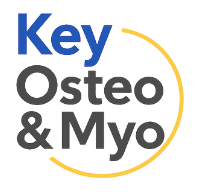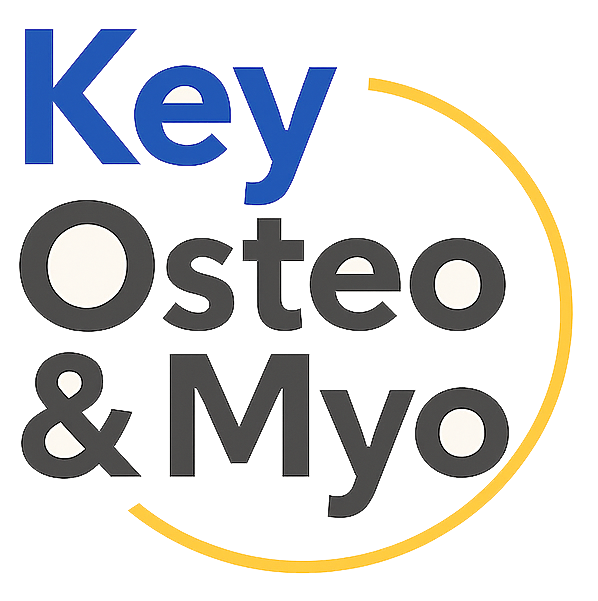





At Key Osteopaths in Surrey, we take these complex interconnections seriously. Our osteopaths carefully assess not just the muscles and joints, but also how cervical support, swallowing mechanics, and autonomic function interact in each patient. If you are living with EDS and recognise these overlapping issues, you can book an appointment online, call our team directly, or send us a message through our contact form to discuss tailored support.





At Key Osteopaths in Surrey, we understand how swallowing problems, dizziness, and cervical instability can interact in complex ways. If you are experiencing these symptoms and suspect hypermobility or EDS may be a factor, you can book online, call our clinic directly, or get in touch via our contact form to arrange an assessment with one of our osteopaths.










Our osteopaths recognise the importance of working alongside other specialists to ensure every aspect of cervical and jaw health is considered. If your symptoms suggest that imaging or referral may be appropriate, we can guide you through the process and help you access the right investigations. To get started, you can book an appointment online, call our team directly, or contact us through our website form to arrange a consultation.




Love Anna, she is really good. Helped me out with mobility issues, muscle and tension release post training. Also now that I’m expecting my baby she’s been fantastic, helping with… read more some discomfort I started having during my third trimestre… 100% recommended!
Anna is absolutely incredible and I cannot recommend her high enough! I have been seeing Anna for 2 years and she has changed my life. I had spent… read more the previous 5 years to this with serious back pain due to disc degeneration. During this time I had been given both steroid injections and a nerve denervation to ease the pain (along with many painkillers). Since seeing Anna I have not needed anything. She works her magic and then gives you simple exercises until your next appointment. She has also advised on my posture, driving and sleep position and everything she has advised has worked. I don’t need to see her so regularly anymore, but she is now helping my daughter who suffers ankle problems. A very talented lady, who is also excellent with children. Go see her !




Having suffered a neck injury during my rugby career I did the rounds with various recommended osteopaths with limited success. Then by chance I visited Anna in West Byfleet and… read more the problem was sorted in 2 sessions . Now as soon as the symptoms appear they are deal will professionally and quickly – highly recommended.
Anna is a delightful and competent professional who gives first rate, comprehensive treatment at every visit. I went in as a “wonky donkey” and walked out feeling six foot… read more tall with a normal gait in my first visit! I have given her practice details out to many of my friends. Also, her new treatment rooms are a relaxing retreat from the hustle and bustle – an excellent place for monthly maintenance.


At Key Osteopaths in Surrey, we encourage patients to seek professional guidance sooner rather than later. If you are experiencing jaw, neck, or swallowing problems and would like a clear plan for managing them, call our team, book an appointment online or send us a message via our contact form.

Yes. While there is currently no cure for EDS, supportive osteopathy tailored for connective tissue fragility can help by:
Q: Can osteopathy help with TMJ and jaw pain?
A: Yes, osteopathy can be an effective treatment option for TMJ and jaw pain. Osteopathic treatment focuses on restoring proper alignment, function, and mobility of the temporomandibular joint and surrounding structures. Through manual therapy techniques, joint mobilisation, and soft tissue manipulation, osteopaths can help relieve pain, reduce inflammation, improve jaw function, and promote healing.
Q: How many osteopathic sessions are usually required for TMJ and jaw pain treatment?
A: The number of osteopathic sessions required for TMJ and jaw pain treatment can vary depending on the severity of the condition and the individual’s response to treatment. Some individuals may experience relief after a few sessions, while others may require ongoing treatment over a longer period. The osteopath will assess your specific condition and develop a treatment plan tailored to your needs.
Q: Are there any side effects or risks associated with osteopathic treatment for TMJ and jaw pain?
A: Osteopathic treatment for TMJ and jaw pain is generally safe and well-tolerated. However, as with any manual therapy, some individuals may experience mild soreness or discomfort following treatment. These effects are typically temporary and resolve within a short period. It’s important to communicate any concerns or unusual symptoms with your osteopath during the treatment process.

Q: Can lifestyle modifications help in managing TMJ and jaw pain?
A: Yes, lifestyle modifications can play a supportive role in managing TMJ and jaw pain. Some helpful modifications may include practicing stress management techniques, avoiding excessive jaw movements (such as chewing gum), practicing good posture, avoiding hard or chewy foods, and applying heat or cold packs to the affected area. Your osteopath can provide specific recommendations based on your condition and lifestyle.
Q: Can TMJ and jaw pain be completely cured with osteopathic treatment?
A: The effectiveness of osteopathic treatment for TMJ and jaw pain varies from person to person. While some individuals may experience significant relief and improvement, others may find that symptoms are better managed but not completely eliminated. Osteopathic treatment aims to reduce pain, improve function, and enhance overall well-being. It’s important to have realistic expectations and work closely with your osteopath to achieve the best possible outcome.
Q: Can children receive osteopathic treatment for TMJ and jaw pain?
A: Yes, children can receive osteopathic treatment for TMJ and jaw pain. Osteopathic techniques can be adapted to suit the age and condition of the child, providing gentle and effective relief. It’s important to consult with an experienced pediatric osteopath who specialises in treating children to ensure safe and appropriate care.